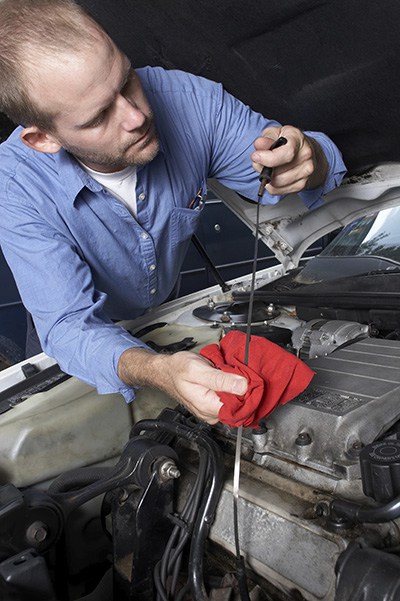Can Your Motor Oil Handle the Seven Responsibilities of a Lubricant? Ed Newman|May 24, 2017 8:30 AM Most motorists understand the primary functions of motor oil: reduce friction and wear. However, motor oil and other lubricants must do more to protect your vehicles and equipment. With engines and equipment becoming more powerful and sophisticated, it […]
You are browsing archives for
Tag: friction
Squeezing out every MPG – Federal Mogul’
Federal Mogul’s Explains Technology Will Rest on Engine Oil Quality AMSOIL position with suppliers and technology forms allows it to get these advanced products out first, keeping ahead of the trends. Other companies may take months or years before stock holders will allow for decreased profits over top tier additive technology. This is why AMSOIL […]

